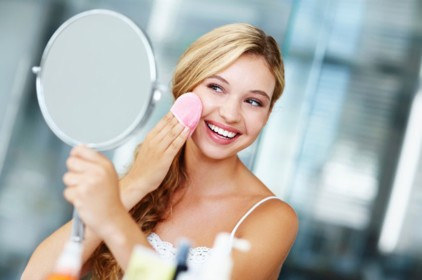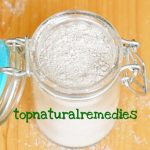The Main Differences Between Hormonal and Cystic Acne – Learn how to treat it!
Acne can appear in various conditions. It affects us physically, but it can also put a dent in your confidence. Because of that, everyone is trying to find proper treatments on how to prevent this condition. But in order to do that, we need to know our acne. How do we know if those blemishes and red spots on your face will become acne? Well, here are a few starting tips.

Contents
Cystic acne
Cystic acne is usually defined as breakouts deep beneath the skin, formed when the pores in our skin get clogged and they manifest as red painful dots on our face. These manifestations cause inflammation and redness to the skin because the bacteria are trapped, and they spread like a chain reaction, causing more breakouts and more bacteria to clog.
These kinds of breakouts can have a hormonal cause, androgen being at its base. Androgen is usually released during puberty, menstrual cycles, menopause, pregnancy or PCOS (Polycystic Ovarian Syndrome). Such conditions lead to skin changes that result in acne.
Other elements that influence cystic acne breakouts are humidity, genetics, even lotions and cleansers. Untreated, cystic acne can take years to heal, leaving scars and permanent marks on the skin. Fortunately, there are ways to treat it before it becomes a problem.
- Live healthily: Get enough exercise and sleep, and switch your diet to a low-glycemic one.
- Relax: Stress makes you prone to developing acne
- Don’t touch your cysts: If you do, this can make the infection worse
- Use cold water to wash your face: It gets rid of the dirt and calms the inflammation
- Take probiotics: They regulate the bacteria levels in your body
- Include probiotic skincare: Using skin products that have probiotics in them will also help with the balance.
- Spend time under the sun: It helps kill the bacteria. Don’t forget about sun protection.
- Exfoliate regularly: Gently exfoliate your skin every few days. It should remove the bacteria without drying your skin.
Hormonal acne
This happens when estrogen, androgen and testosterone drop over a cycle of 30 days. If the testosterone levels increase and the estrogen drops, the skin overproduces oil which creates an environment where acne bacteria can develop. Women are usually prescribed contraceptive pills to balance these hormones.
How to treat hormonal acne
- Start taking contraceptive pills: You should go for this treatment for at least three months. If you have a diagnosis of hormonal acne, your doctor should prescribe them to you.
- Keep it natural: use organic and natural products so that you don’t overstress your skin.
- Keep your hormones balanced: Look for products that have hormone balancing agents. It is not recommended to use generic acne products since these might actually worsen your condition.
- Use phytoestrogen products: Phytoestrogens balance your hormones and regulate the way your skin produces oil. This way, the bacteria that cause acne will be eliminated.
The fight against acne is never easy. Women are usually the ones mostly bothered by this condition. But fortunately, by using the steps above, we can prevent further acne breakouts and enjoy a healthy-looking skin.



